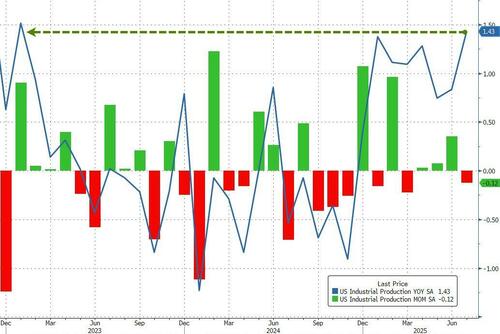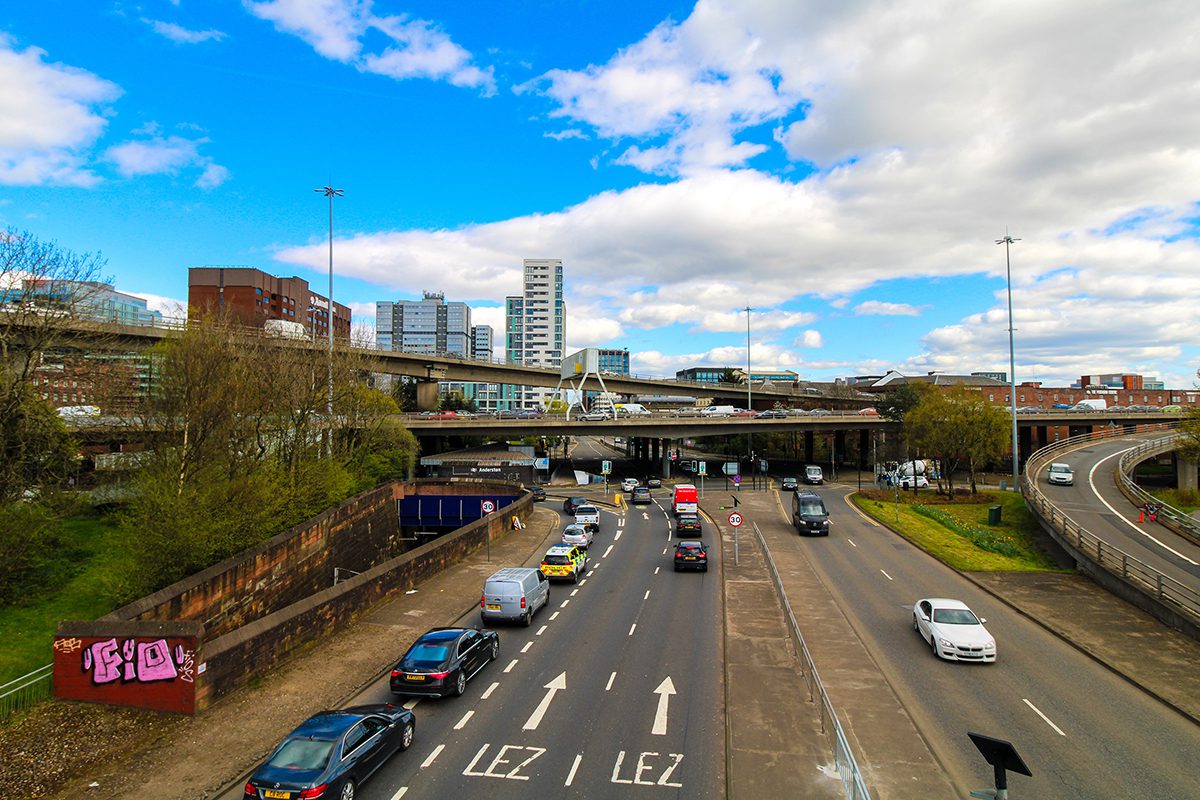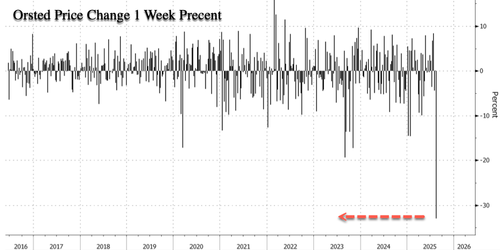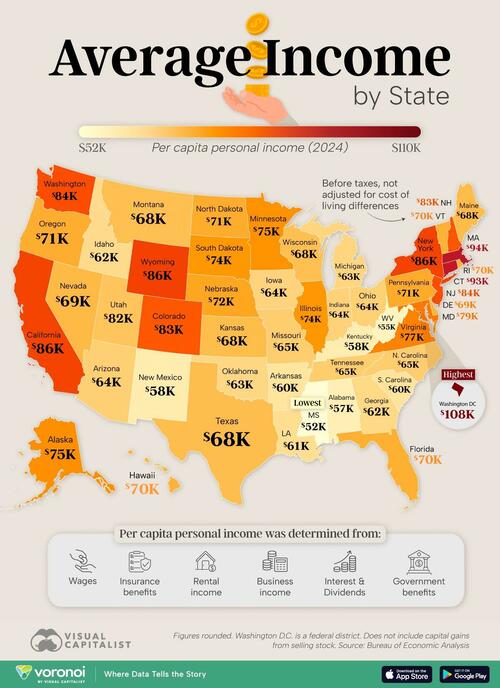Air pollution in Glasgow city centre has dropped by a third since enforcement of the Low Emission Zone, according to an announcement from the city council on 12 August.
New data for 2024 appears to show a 34% reduction in levels of nitrogen dioxide within the LEZ area compared to 2022 – the last full year before the scheme was enforced. Diffusion tube monitoring has also shown a 21% drop of harmful pollutants at locations outside the zone.
The apparent breakthrough is detailed in the city’s most recent Air Quality Annual Progress Report — the first to reflect a full calendar year of data since Glasgow’s Low Emission Zone was extended to all vehicle types in June 2023.
Annual monitoring from 2024 also seems to show that for the first time, Glasgow recorded full compliance with all statutory air quality objectives following their introduction thirty years ago.
Levels of nitrogen dioxide at all automatic monitoring stations were below the objective levels, continuing the trend of compliance for the third consecutive year. While Hope Street – known for recording the highest nitrogen dioxide levels in Scotland – is now reporting concentrations nearly 10% below the statutory objective, which the city council holds to be evidence of the transformative impact of Glasgow’s clean air measures.
City centre diffusion tubes, which in 2023 recorded levels of nitrogen dioxide above the objective on Gordon Street and under the Hielanman’s Umbrella are now in full compliance – with the highest recorded level more than 25% below the objective, said a statement.
And building on several years of consistent compliance, the annual objectives for PM10 and PM2.5 – the ultra-fine particles known to pose serious health risks, were successfully met at all monitoring locations.
Cabinet Secretary for Transport Fiona Hyslop said: “I’m very pleased that Glasgow’s Low Emission Zone is significantly improving local air quality. What we’re seeing through these findings is a clear and direct link between the LEZ and air quality benefits. Glasgow was the first LEZ in Scotland to start enforcement and the first to deliver these benefits. We can expect to see similar reductions across Aberdeen, Dundee and Edinburgh in time.
“We know that air pollution disproportionately impacts the youngest, the oldest and those with pre-existing medical conditions. As such, the LEZ is working effectively to protect public health in Glasgow and reduce health inequalities.
“At the same time – it’s really encouraging that the revenue raised from the LEZ has been reinvested to support local community projects that work to protect the climate and further improve air quality across the city.”
Glasgow has previously declared four Air Quality Management Areas (AQMAs) due to levels of nitrogen dioxide and particulate matter exceeding the legal objectives.
Three of these AQMAs have since been revoked, reflecting ongoing improvements in air quality. However, the AQMA for the city centre, established in 2002, remains in place.
Whilst the LEZ is driving significant improvements in the city centre’s air quality, revocation of an AQMA can only happen where there is compliance with the objectives for at least three consecutive years, and where further exceedances of the objectives are unlikely to occur.
If current progress continues, says the council, the city centre AQMA will be eligible for revocation ahead of the 2029 target set in Glasgow’s 2024 Air Quality Action Plan.












